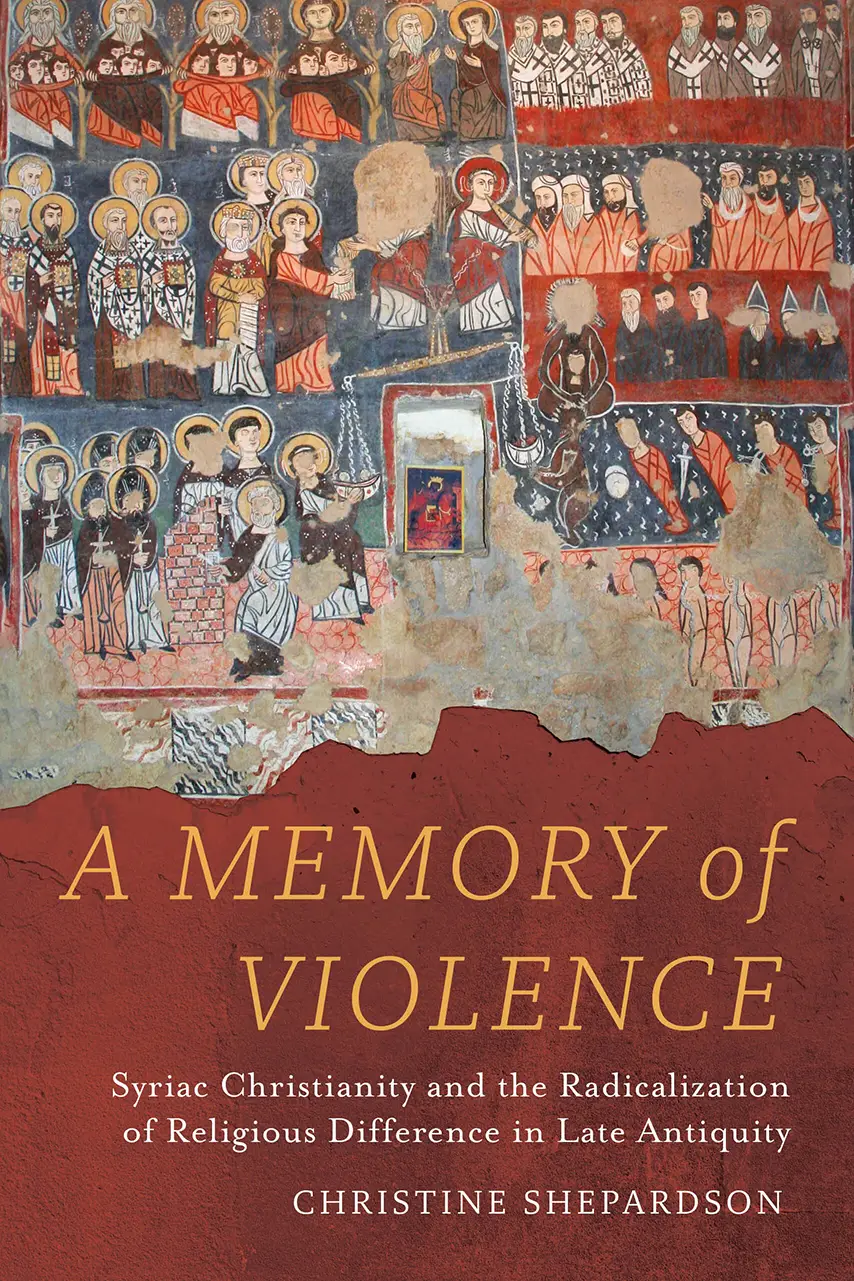Radicals in Early Christian Conflict Redefined

A new book by religious studies Professor Tina Shepardson examines religious devotion and polarization within Christianity during late antiquity.
Examining conflicts over Christian doctrine in the fifth and sixth centuries might provide a case study for thinking about religion and violence today, a University of Tennessee, Knoxville, scholar suggests.
Tina Shepardson, UT Distinguished Professor in the Humanities, noted, “Most scholars learn about history first through the eyes of the leaders who came out on top, in this case the Christians who became Greek Orthodoxy and Latin Roman Catholicism, who later divided also with Protestants.” By contrast, Shepardson started her research on her third book by studying the perspective of Syriac-speaking miaphysite Christians who lost the fight to determine the Roman Empire’s definition of Christianity.

“I hope to give readers a wider perspective on this period of Christian history, by centering church leaders who lost the fight to define imperial Roman Christian orthodoxy but who nevertheless were powerful figures at the time and have a long legacy in the Syrian Orthodox Church,” Shepardson said.
Her scholarship focuses on constructions of religious difference in the late Roman Empire. Her first two books examined Syriac-language Christians in northern Mesopotamia and Greek-speaking Christians in Antioch during the fourth century.
Her latest book, A Memory of Violence: Syriac Christianity and the Radicalization of Religious Difference in Late Antiquity, focuses on controversies over the fifth and sixth centuries that ultimately left the church divided to this day. In this new book, Shepardson traced how church leaders crafted narratives of resistance to unite their followers amid violence and other hardship.
“Unfortunately, there seems to be no shortage of examples for thinking about how this historical example might help us intervene in current and future examples of the intersections of religious devotion, polarization, and various forms of harm, but it’s my hope that this study might make visible some of the strategies that might offer paths for reducing violent outcomes in the future,” she said.
Over the summer Shepardson was invited to speak about her book in Rome, and she recently delivered a presentation online to the Philadelphia Seminar on Christian Origins. In November she’ll present her book to a European seminar, and be a panelist at the Society for Biblical Literature’s annual meeting in Boston.
Her latest research explores how early Christians’ perceptions of religious truth were impacted by their individual embodied experiences, observations that continue to have significance today.
A member of UT’s Department of Department of Religious Studies, Shepardson regularly introduces students to the history of Christianity, such as in her Martyrs and Monks course, and more broadly in a course on Judaism, Christianity, and Islam.
“I always learn a lot from my students and love the conversations we have together,” she said. “For this project, my students were particularly helpful in reminding me to highlight the significance of the historical work I do and its relevance not only for understanding the late Roman early Christian world, but also for understanding our own world today.”
By Amy Beth Miller